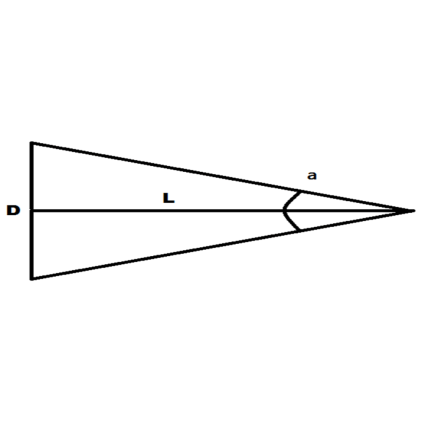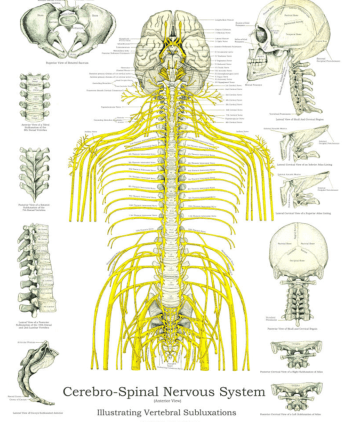
Some numbers first your back has six degrees of movement, well actually only 3 degrees of movement as you are limited by the direction of movement. You cannot move in two opposite directions at the same time!
Your back can move:
Forwards, Backwards, Left side, Right Side, Left Twist, Right Twist, and Also Up and Down
Remember that’s AT EACH JOINT so that is a lot of movement, and also A LOT of problems
I stressed that it was 6 degrees of movement, but, in reality only 3 degrees.
- You can only move in one direction at a time
- So forwards, to the left side, with a left twist.
- So how do we get more movement?
Lots of joints…….. Each vertebra has four posterior (back facing) joint surfaces that connect it to the other vertebrae, PLUS each vertebra connects with the discs above and below. In addition, many vertebra have joints that connect your spine to your ribs, sacrum, skull and other structures. In all your spine has 364 joints!
So let’s keep things simple!
Usually there are 7 cervical, 12 thoracic, 5 lumbar, 5 sacral and 4 caudal (coccygeal) vertebrae.
so, 33 vertebrae in total.
In humans, the average length of the vertebral column is 71 cm in males and 61 cm in females.
This will be important in a minute!
Remember a complex array of muscles move to support and allow movement of the spine.
So why are the degrees of movement so important?

Love a bit of science and maths?
L = 71 cm spine Length in Males 61cm in Females
A = 1 degree of movement at the base of the spine
D = Magnitude or distance moved is 1.7 cm out of line at the top in Males and 1.2cm in Females
This is a 1 degree movement at the base of the spine in one of 33 joints it’s no wonder we have back problems.
So how come we don’t all have chronic back pain?
- Well we do, or we will, 4 out 5 of everyone reading this will have back pain at some time in their life, That's 80%!
- 49% of office-based and home-based workers, experience back and neck pain on a weekly basis.
- This will only increase with many more people working from home so moving less
- Importantly our back compensates to allow movement. The 33 joints work as a team to spread the load.
How sitting and posture impacts on disc pressure leading to pain!

Standing is the most optimal position for the discs and back as the legs allow for alterations in movement and a dynamic strong support. It's also why with back conditions such as initial sciatica can be helped by standing and walking. It's important to note that a balance of rest and movement help back issues the most
You can see that by using the support of a office chair and leaning back provides lots of support. This does depend on the chair, lumbar support, height and arms using the rests. The chair and office assessment for profile assumes you can touch type. Something many of us including me cannot do!
Just by sitting up straight you increase the force on your lower back significantly and just 10 degrees forward and the force on the back has almost doubled. This position is common for people who use laptops as you look down to the screen!
This is a major issue for home workers.

The diagram just shows the major nerves coming out of the spinal collum which is designed to protect them. This makes it obvious why even small movements in the spine structure can be very painful with the complexity of the nerves and the relationship to the spine.
Remember I have only highlighted sitting. Lots of other movements cause significant pain and mobility issues.
